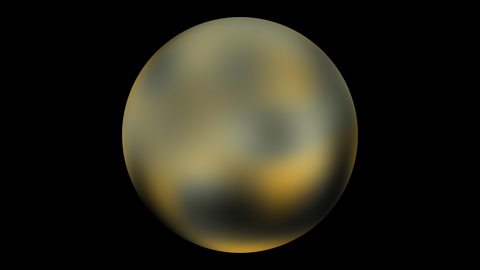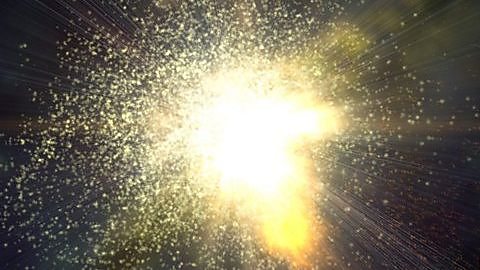Origins of life
Around 4.6 billion years ago, a giant spinning disc of gas and dust gave birth to the planets of our Solar System.
Earth was initially dry and barren. What changed to allow life to thrive here isn't fully understood.
Life, as we know it, cannot exist without water and organic molecules ‚Äď the building blocks for all living creatures. A widely held view is that these vital components were deposited on Earth by a long bombardment of icy comets.
CLICKABLE: Heavy bombardment
Comets are made of dust and ice. Astronomers have examined the water contained in different comets to see if it matches the type of water found on Earth.
The latest evidence makes it unlikely that comets were a major supplier of Earth’s water. Instead, our water might have come from other sources, like asteroids. More comets must be examined to be certain.
Click or tap on the labels below to see how comets from various parts of the galaxy differ from Earth.
The seeds for complex biology
All life on Earth is made of complex organic molecules. These include amino acids that make up proteins, nucleobases in DNA and carbohydrates like sugars.
Scientists doubt that the early Earth had a great enough variety of chemicals to build these compounds.
Organic comets
Comets, however, are a rich source of organic material.
Their cores are made of simple chemicals like carbon dioxide and methanol (a type of alcohol). Sixteen different organic molecules were discovered by scientists working on the Rosetta experiment ‚Äď a project that landed a probe on comet 67P in 2014. These molecules would have been vital for creating the first amino acids, nucleobases and sugars. NASA scientists found a fully formed amino acid called glycine in the dust of another comet called 'Wild 2'.
It‚Äôs possible that comets brought their rich range of organic material to Earth during a period of heavy collisions called the ‚ÄėLate Heavy Bombardment‚Äô.
Energetic impact
In the lab, artificial ‚Äėcomets‚Äô have been fired into artificial ‚Äėplanets'. The high-energy impacts make the comet's simple organic chemicals recombine into a number of complex amino acids. And when amino acids were added to the comet‚Äôs starting mixture, peptide chains were formed after the impact ‚Äď well on the way to building proteins.
These lab experiments are rough simulations of the real collisions between comets and Earth during the Late Heavy Bombardment. They have led some scientists to speculate it was the consequence of comets colliding with Earth, rather than the water in the comets, that held the key for life on Earth.
Chris visits a lab recreating a comet's impact with a planet. Clip from Rosetta: A Sky at Night Special (91»»Ī¨ Four, 2014).
Learn more about this topic:
Pluto: What are NASA’s five big discoveries so far? document
NASA's deep space probe 'New Horizons' has discovered five big things about the little-understood Pluto. What are they?

How do we know the Big Bang actually happened? document
Most scientists think that everything that we know and experience began with the Big Bang, 14 billion years ago. But how can we have any clue about something that supposedly happened so long ago?

How will the Universe end? document
Dr Aravind Vijayaraghavan reveals how the second law of thermodynamics explains the rise and fall of all things, including the Universe itself.
